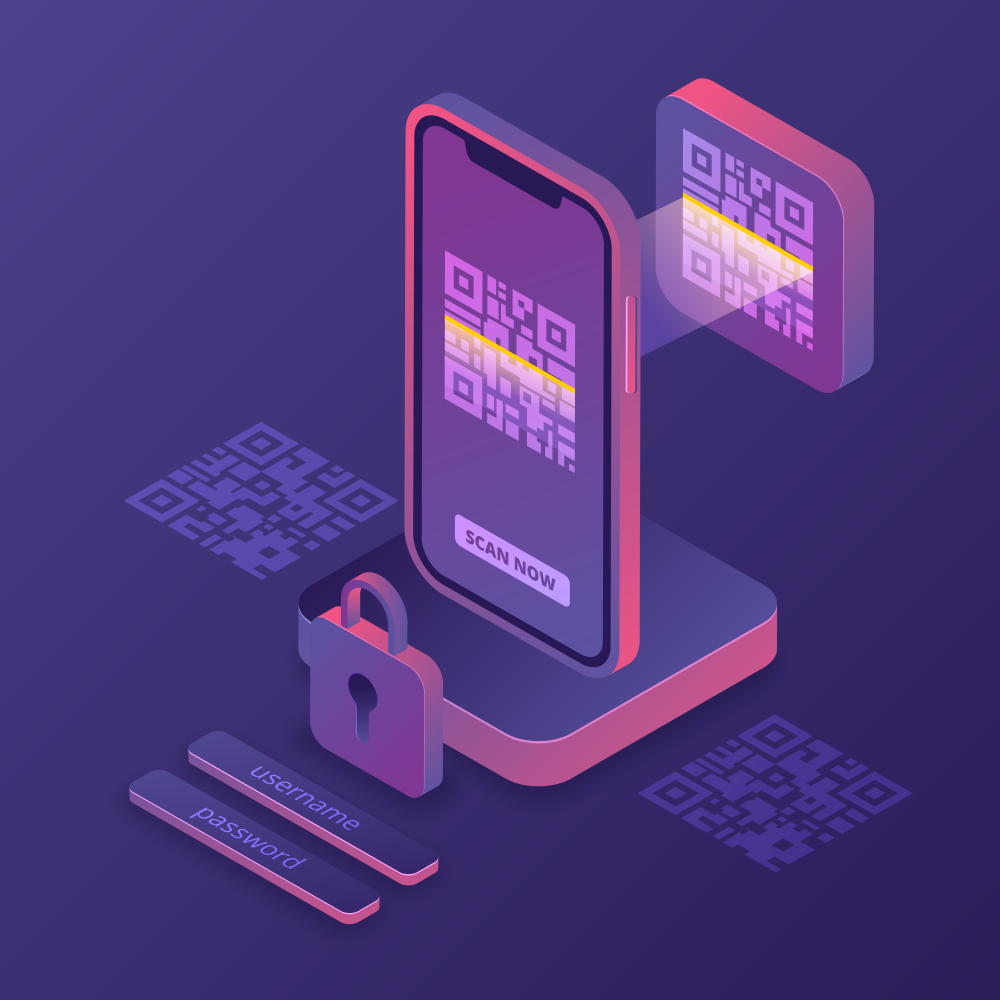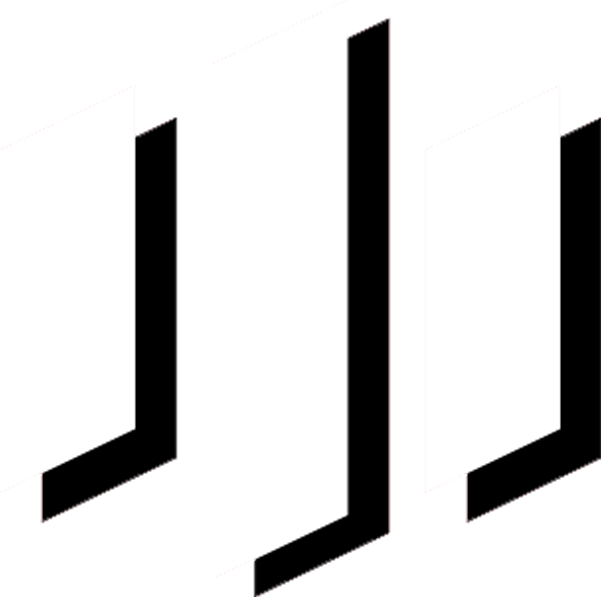QR Codes
ERP software has many uses for QR codes.

What are QR codes?
QR is the abbreviation for ‘Quick Response’. In 1994, the QR code system was invented by Masahiro Hara from the Japanese company Denso Wave. And as defined in the Oxford Dictionary, a QR code is ‘‘a machine-readable code consisting of an array of black and white squares, typically used for storing URLs or other information for reading by the camera on a smartphone.’’ Needless to mention that today, QR codes are readable by a multitude of other devices such as QR scanners and cameras on tablets to name a few.
What are QR codes used for?
In today’s world, the digital transformation has resulted in the rise of QR codes. Big data has resulted in a shift of views and decision making across the board. For example, the Chinese government is now asking subway passengers to scan the QR codes that are placed on train windows to record their phone numbers and identify the train compartment they are riding in to track potential contact with COVID19.
The easiest and the most common method to scan QR codes is to use your smartphone and a QR scanning app. Today, 11 million households in the United States have stated that they use QR codes, QR codes are used for WiFi network sharing, e-learning, as a gift, vCards, packaged food in groceries, on tables in restaurants to order, posted next to paintings and sculptures at museums, on historical sites and on walking trails, on recipes in magazines, in bars, mobile payments, on medical products, on beauty products, e-commerce counterfeit of goods, bike and car sharing, ads inside elevators, on posters for events, on coffee cups, on beer glasses, on any printed ad, on liquor bottles, on invitations to an event, on tags for sustainable clothes, on real estate, in a city game, at video kiosks, on movie posters, business cards, scavenger hunts and printed on food packaging.
An interesting case is a very unusual supermarket in South Korea that does not have any products on the shelves. Instead, there are pictures of real shelves with the same fake products on the pillars and walls. A customer walks between these shelves, chooses what he needs, scans the QR code and that is it. On the way out, the customer scans the QR code to pay and gives his address for delivery of the goods to his home. This is another proof that QR codes are necessary so that people can communicate with the computer in the same language.
QR Codes in ERP Software
ERP software has many uses for QR codes. QR codes have a major impact on the process of inventory management. Firstly, QR codes speed up the data entry process which helps save time and avoid errors. Secondly, QR codes provide the ERP user additional info, such as GPS location and managing photos. GPS location and managing photos helps ERP users locate inventory faster. Finally, QR codes can create a number of reports which users can use to identify new avenues for cutting cost.
Bisan ERP provides users the ability to print a QR code on store issues and invoices indicating the contact’s location for accurate and error free delivery. With the highest security level, QR codes can be read even if up to a third of them have become unreadable. In conclusion, QR codes are an important part of our everyday life, they make our life easier and more dynamic. It can sometimes be a very convenient way to share information.
